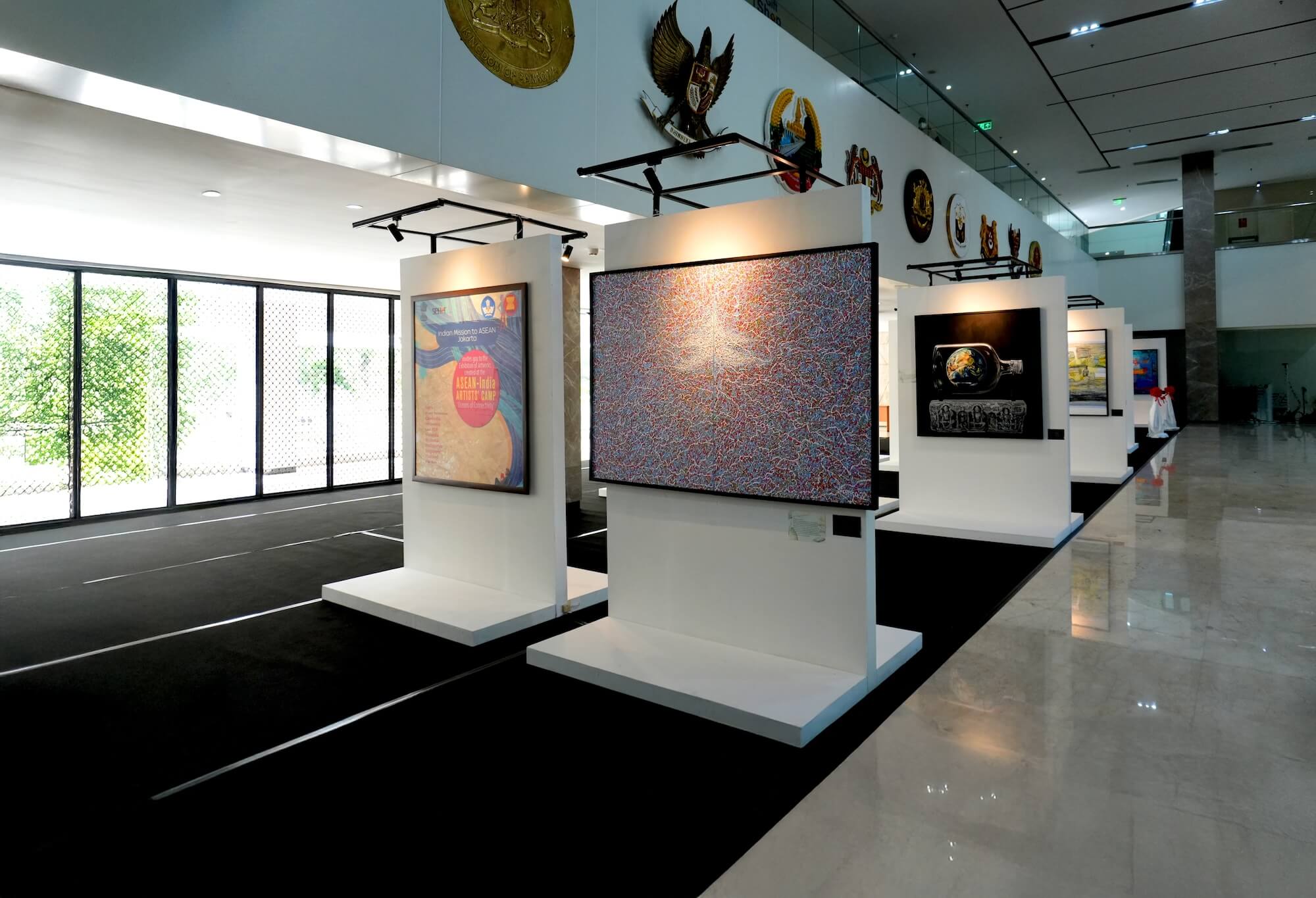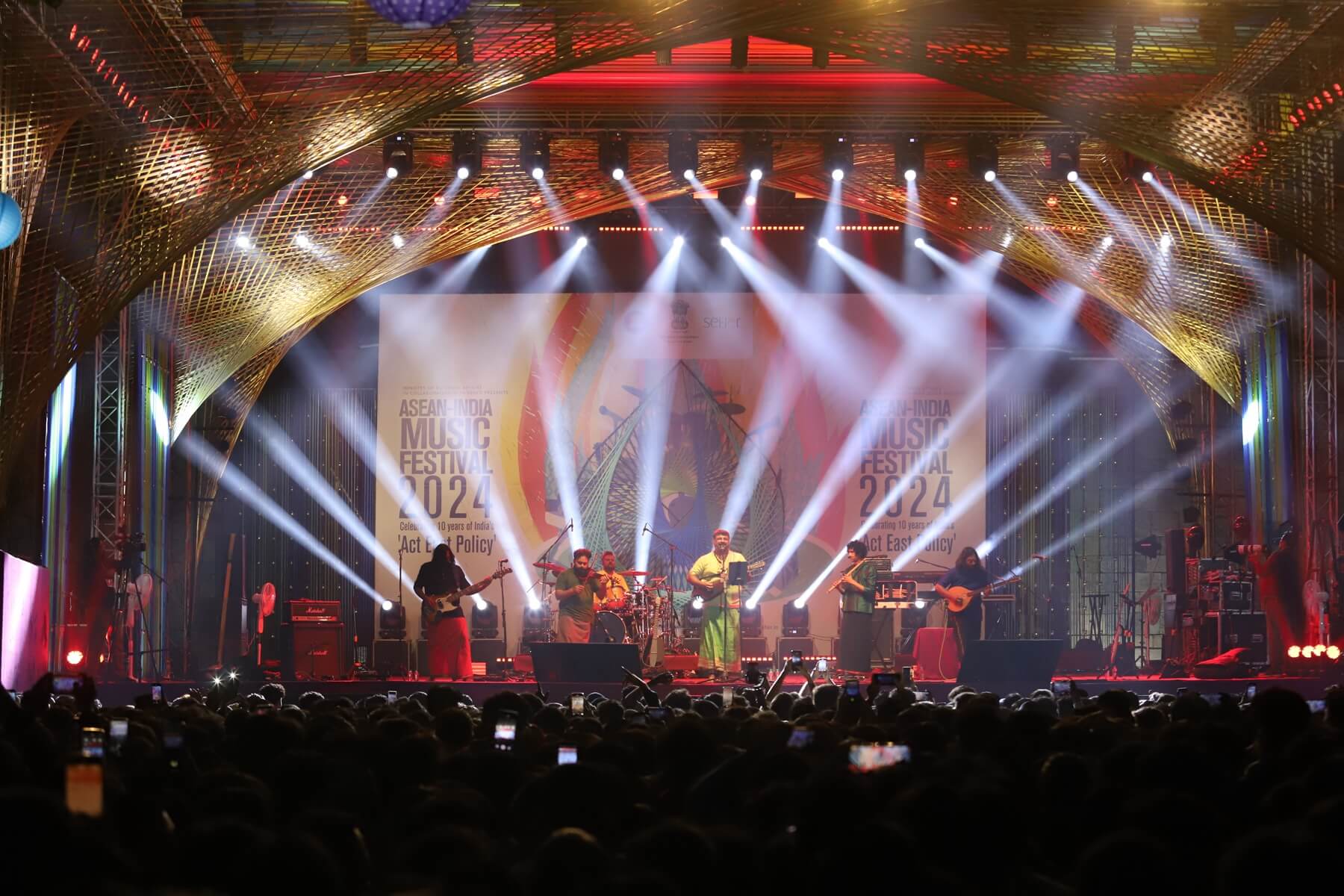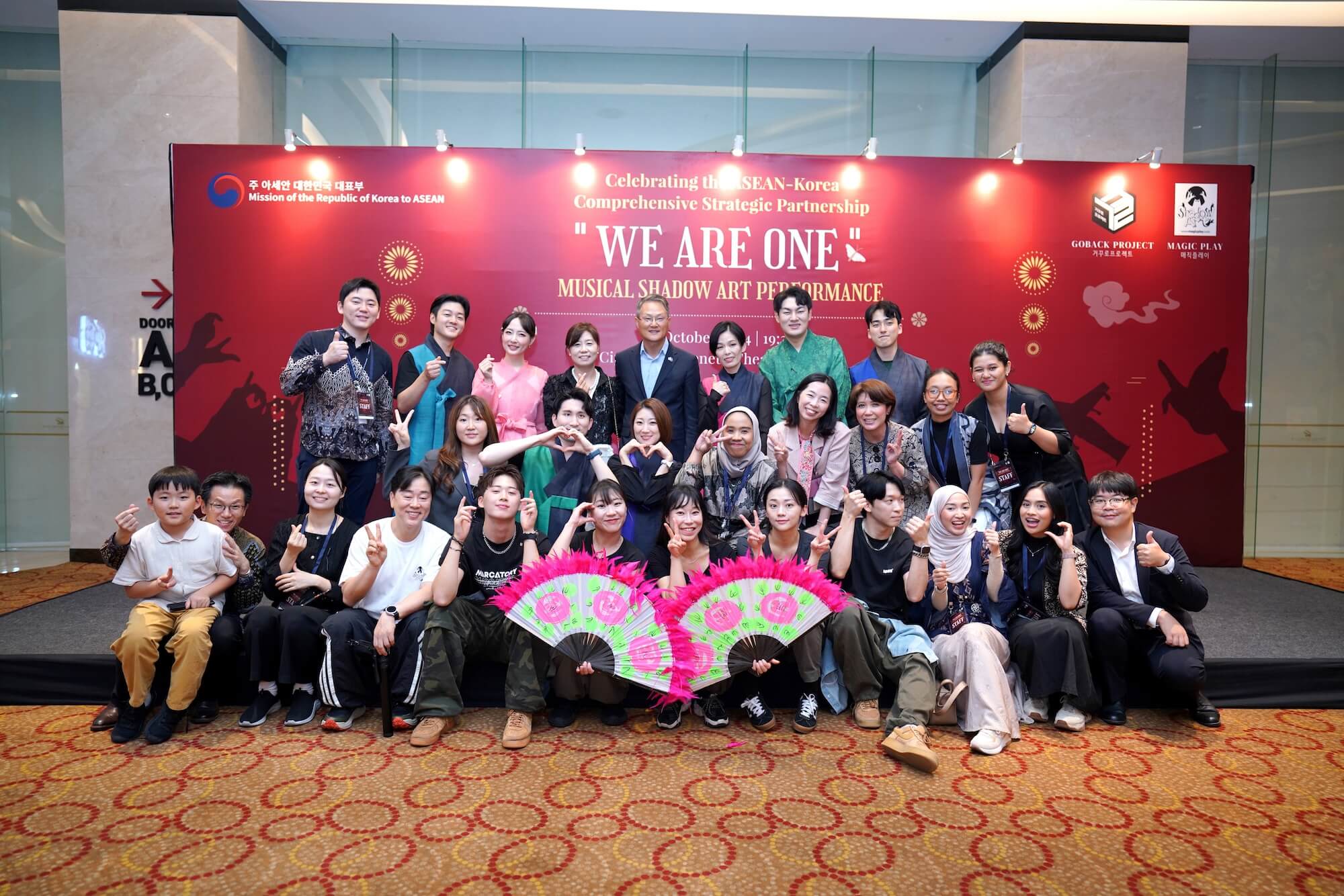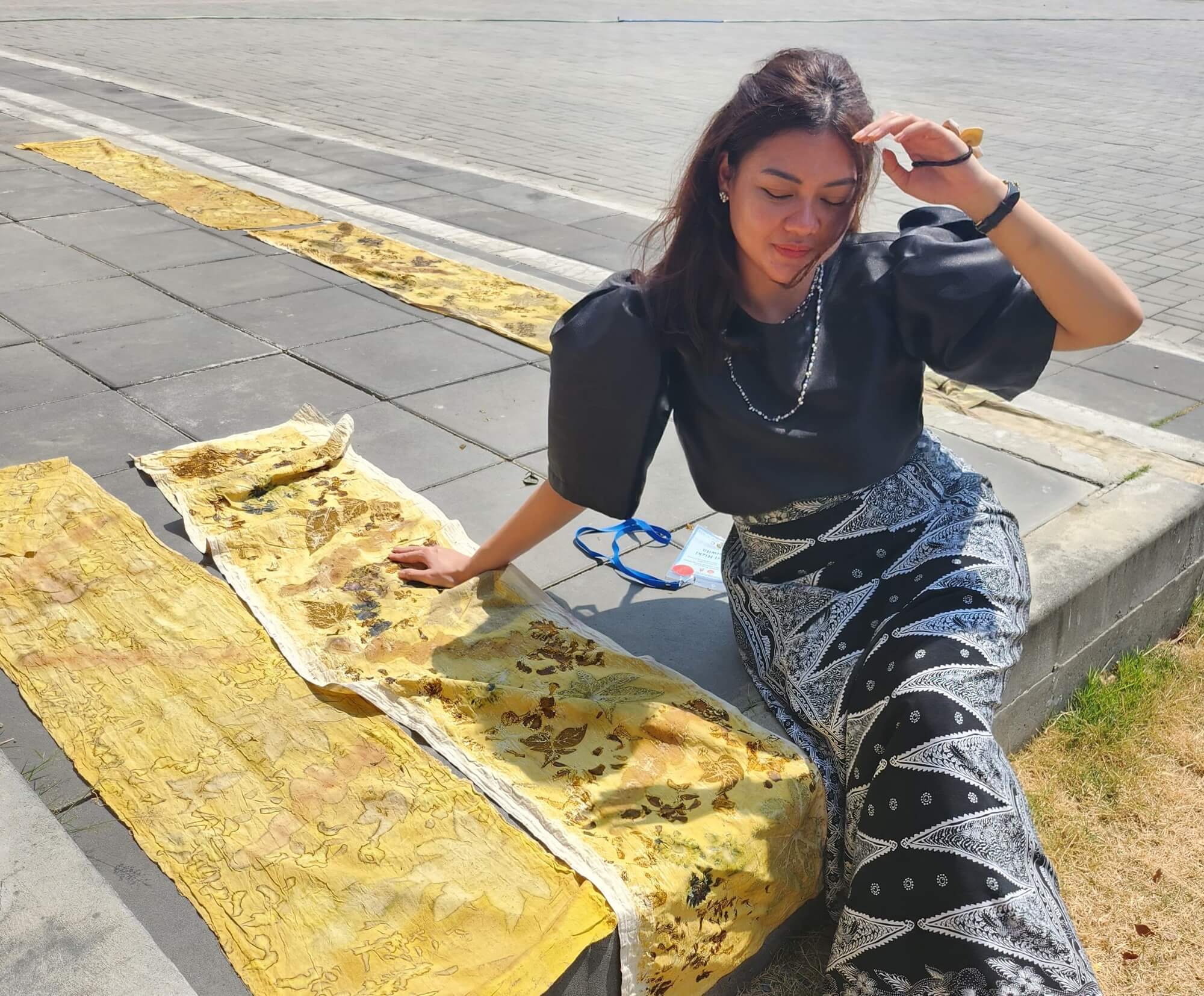



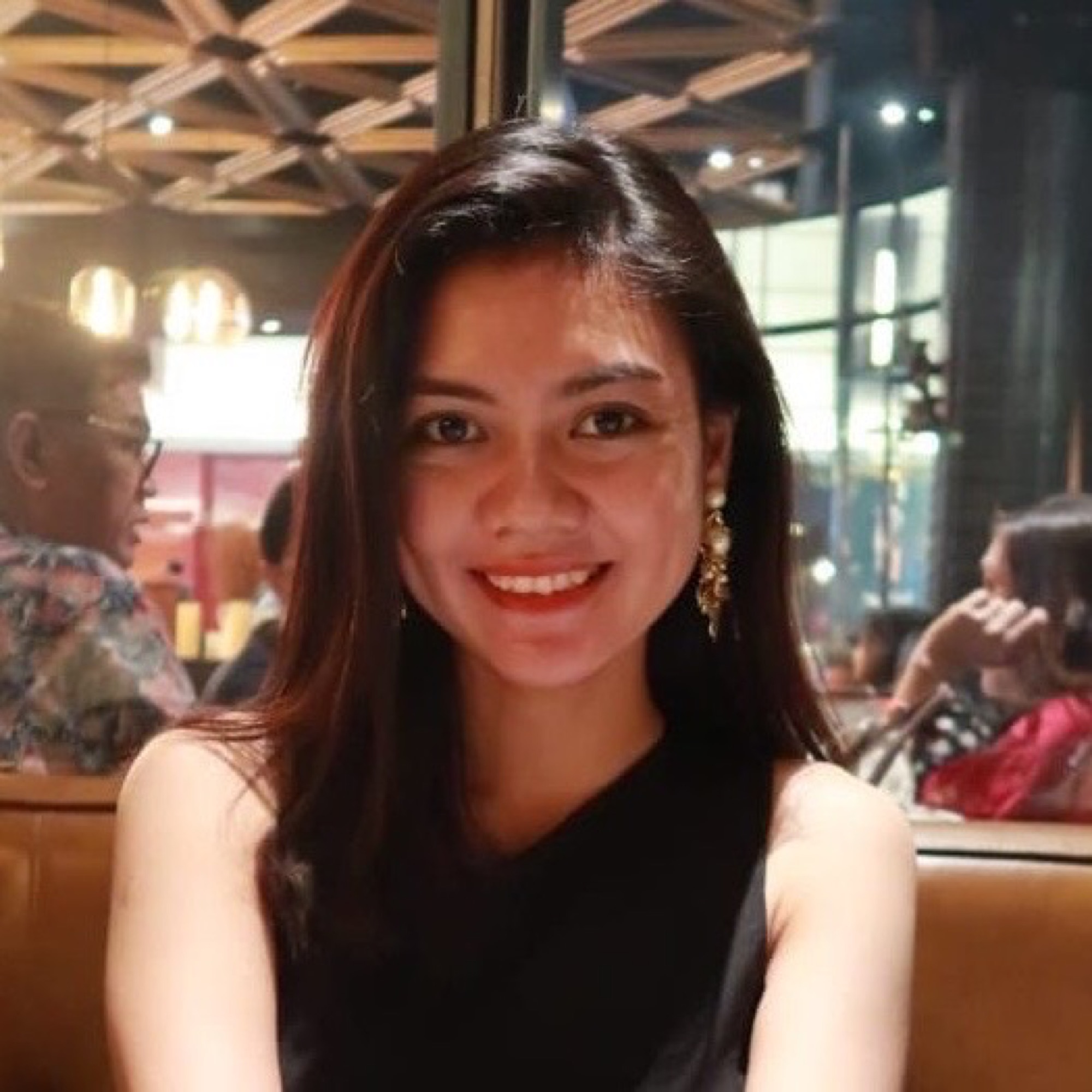
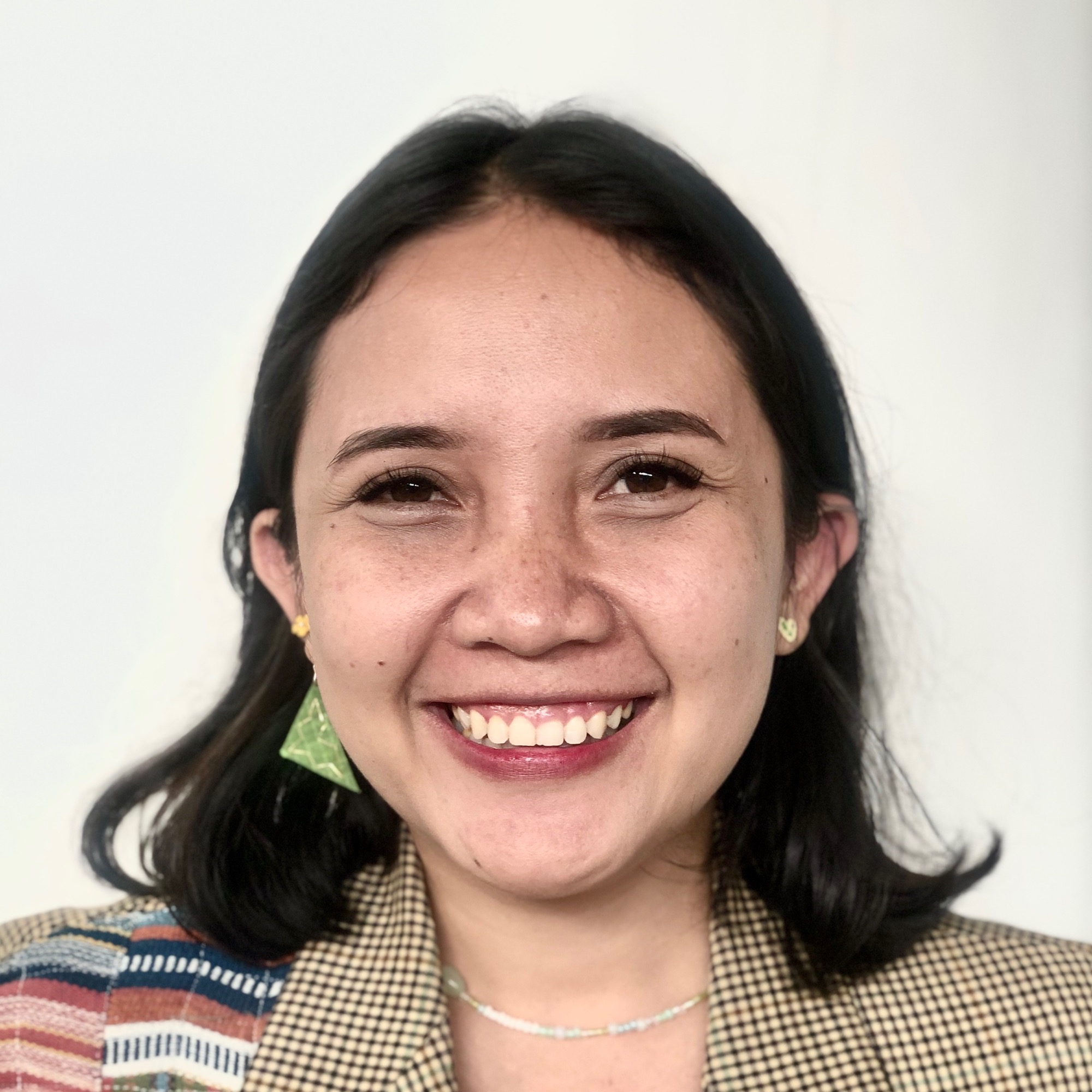
How many clothes do we throw away each year? Or have you ever thought about where all our clothes end up after we are done with them?
In recent decades, the fashion industry has been changing at a rapid pace globally. The fast fashion boom in the late 1980s (Thomas, 2019) shifted the industry from a slow-paced production-driven one to a fast-paced market-driven supply chain (Bhardwaj & Fairhurst, 2010). While it democratised fashion, making then-elite clothing more inclusive and accessible (Bau, 2017), it accelerated production cycles, resulting in the overconsumption of unstainable clothing. Today, we live in an era of instant gratification, where the demand for disposable, single-use, and non-durable items has increased tremendously. The combination of all these factors has given rise to the “throwaway culture,” where people think and act like everything is temporary, disposable, and easily replaced.
The throwaway fashion culture has worsened over time. People tend to buy the most affordable clothing and discard an item after wearing it for only seven or eight times (Remy et al., 2016). The result has been an estimated 92 million tons of fashion waste ending up in landfills annually (Fashion Revolution, 2019). The laundering of synthetic textiles also recorded the highest portions (34.8 per cent) of microplastics released into the ocean, more than tyre abrasion from driving and city dust (Boucher & Friot, 2017). The fashion industry accounts for between 2 and 8 per cent of global greenhouse gas (GHG) emissions (UNEP, 2023), outweighing the carbon footprint from international flights and shopping (Chinasamy, 2019).
In Southeast Asia, the fashion industry has become more vibrant. The emerging middle classes, combined with a predominantly tech-savvy youth demographic, are projected to drive the growth of six core markets—Indonesia, Malaysia, the Philippines, Singapore, Thailand, and Viet Nam—to over 50 billion US dollars (Kim, Potia, & Wintels, 2020). While the region’s growth might potentially worsen the current state of the fashion industry’s waste, Southeast Asia has demonstrated a prospective future towards sustainable fashion (Fashion Revolution Singapore & ODC, 2021). The Global Survey of Corporate Social Responsibility and Sustainability by Nielsen indicates that ASEAN citizens are willing to spend more to acquire sustainable products; 80 per cent of consumers in the region show a preference for buying products from companies that have been working actively to reduce their adverse social and environmental effects (Nielsen Press Room, 2015).
Collective consciousness
The throwaway culture contributes significantly to the triple planetary crises that we face today, which include pollution, climate change, and biodiversity loss. The key to eliminating the throwaway fashion culture is to have a collective consciousness centered around sustainability. This entails a paradigm shift for both producers and consumers, encouraging them to prioritise values related to ecological sustainability, ethics, and fair labour practices throughout the entire fashion supply chain. This shift emphasises considerations beyond mere functionality (wearability) or to conform to social expectations.
Ethical fashion consumption
Addressing the issues of excessive consumption and wastage requires changing consumer behaviour. It is essential to raise public awareness on the importance of inclusive and sustainable fashion through the 4R method—Reuse, Reduce, Repair, and Recycle. The aim is to educate individuals about sustainability and their roles in achieving it.
Reuse: It means wearing used or secondhand clothes, passed down through generations and multiple owners. Several organisations carry out the reuse movement. Today, several communities are actively facilitating the exchange-of-clothes movements, such as Zero Waste Indonesia, Fashion Pulpit Singapore, and The Swap Project Malaysia.
Reuse is sometimes conflated with the term “thrifting” which refers to buying quality secondhand or vintage clothing to raise funds for charity or a cause. However, thrifting has now come to mean buying smuggled or illegally sourced secondhand clothes and should therefore be discouraged.
Reduce: It entails a conscious effort to select clothes and minimise the number of purchases, such as buying timeless and basic designs that can be worn and used longer. It is to buy more locally-produced products to help decrease the carbon footprint from transporting and goods.
Repair: It means mending items to extend their use or function. Roving tailors and shoe repairers, still common among many Southeast Asian countries, reflect a preference for fixing items instead of spending on new ones.
Recycle: It falls under two categories: downcycling and upcycling. Downcycling entails mechanically or manually breaking down clothes and turning them back into fibres. In this process, the fibres are usually spun again into a new fabric. Upcycling is a process of adding more value to used goods. Upcycling is closely related to modifying clothes and breathing new life into old fabrics. Upcycling trends are growing in the ASEAN market with the emergence of eco-conscious fashion businesses that aim to minimise fashion waste. Etah Studio Brunei Darussalam, Setali Indonesia, Tembine Thailand, and RIOtaso Clothing Philippines are some companies that are in the business of upcycling.
Production: Ethically made fashion
Raising awareness about the importance of sustainability in the production can be challenging but not impossible. Although it is hard to eliminate the use of chemicals in processing textiles, it is still feasible to reduce it in some essential operations, namely: (i) merging the three processing steps of desizing (removing starch from fabric), scouring (removing dirt from fabric), and bleaching (removing natural pigment) into one, (ii) applying clean production techniques, (iii) reducing the number of ingredients in processing, (iv) using the least harmful chemicals, (v) being energy efficient and water conscious, and (vi) decreasing waste production and establishing waste management stream (Pratiwie, 2023). Another crucial aspect of being ethical is to pay great attention to workplace ecosystems, including ensuring workers’ safety and welfare. In addition, fashion industries are encouraged to follow the sustainability guidelines outlined in ISO 14000 or some other relevant ISO standards for sustainability (Rajkishore et al, 2019).
In the ASEAN region, there is a heightened interest among businesses to produce sustainable fashion, such as the Hnin WittHmone Natural Dyed Cotton & Silk Weaving Center Myanmar and TaiBaan Lao PDR. Both businesses focus on empowering people ethically by providing them with training, fair wages, and safe working conditions. Furthermore, they source their materials locally and use natural dye for their products (Worldbank, 2019; Mulberries.org, 2019).
ASEAN’s national governments have also made notable progress in promoting sustainable fashion. For example, Better Factories Cambodia seeks to ensure a transparent cycle of production by closely monitoring and reporting the working conditions in Cambodian textile factories (Fashion Revolution & ODC, 2021). Viet Nam’s National Green Growth Strategy promotes green consumption and sustainable lifestyles in daily lives, such as through eco-labelling and industry transparency, among others (Thong, N.T, et al., 2017).
Towards sustainable fashion in ASEAN
ASEAN holds great potential for achieving sustainable fashion. It is shown by the growing interest and efforts taken by ASEAN’s governments businesses, and increased citizens’ awareness to uphold sustainable principles in fashion industries.
ASEAN is promoting the green and circular economy through various initiatives as follows: (i) including the ASEAN Comprehensive Recovery Framework (ACRF) led by the ASEAN Senior Officials on Environment, signifying the potential of the green and circular economy to accelerate post-pandemic recovery, and (ii) the Framework for Circular Economy for the ASEAN Economic Community, guiding ASEAN in achieving sustainable consumption and production, as well as accelerating ASEAN’s transition to a circular economy.
Under the ASEAN Senior Officials Meeting for Culture and Arts, various projects have been implemented to preserve and safeguard eco-fashion techniques, such as ASEAN Green Cultural Entrepreneur, Natural Dyes of ASEAN: Promoting Natural Dyes for Traditional and Contemporary Craft Textiles, highlighting the use of natural dyes, eco-printing, and hand weaving from locally sourced resources, while also empowering the growth of the local communities. Another upcoming project is the Saa Paper Workshop to Promote Plastic-Free in ASEAN.
Achieving a sustainable fashion in ASEAN cannot be done overnight; it needs a strong commitment and total involvement from all relevant stakeholders, including policy-makers, private sectors and citizens, to jointly create supportive and enabling ecosystems for both the supply and demand sides to shift the current linear economic model into a circular textile value chain.
To wrap up, throwing out the throwaway fashion culture is beyond just buying “sustainable” labelled fashion items, secondhand clothes, or expensive brands to be exclusive. It is having a better understanding of our clothes’ lifecycle—from where they are sourced up to how they will be discarded—so that we can make responsible and mindful choices. By shifting towards the 4R mindset, we are not only contributing to sustainable and circular fashion, we are also investing in our future.




